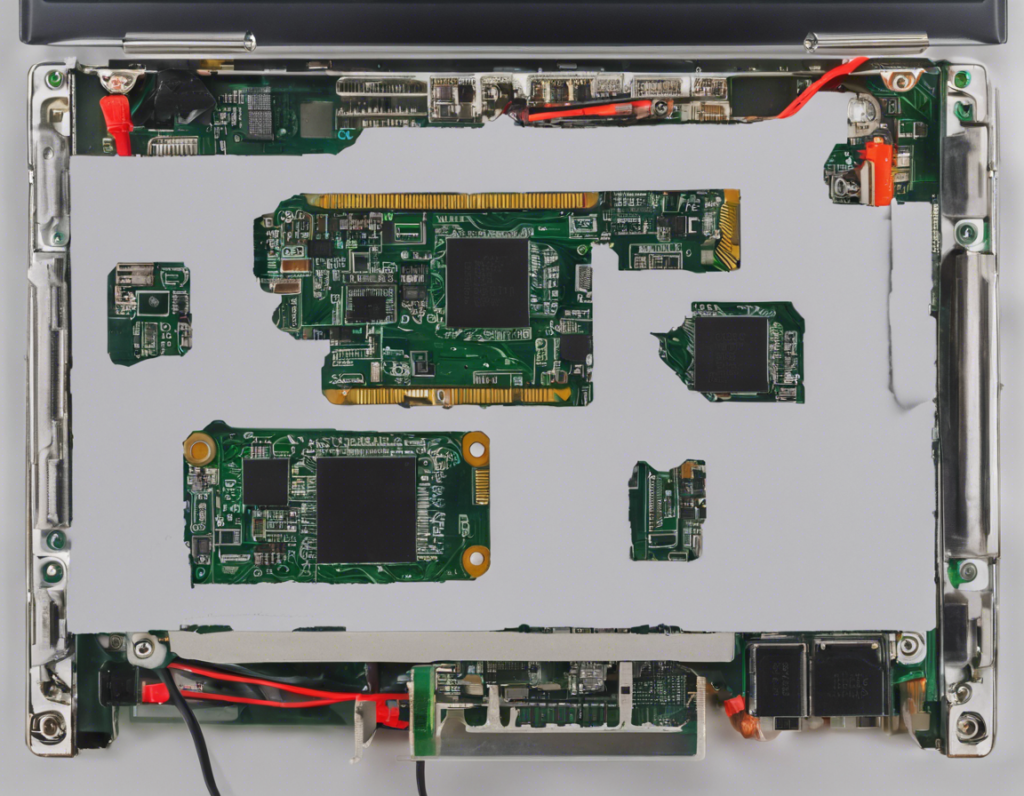Introduction
SATA mSATA (Mini-SATA) technology is a form factor that has gained significant popularity in the realm of data storage and transfer. It offers numerous benefits in terms of speed, performance, and compact design, making it an ideal choice for various devices such as laptops, ultrabooks, and small form factor PCs. In this article, we will delve into the intricacies of SATA mSATA technology, exploring its advantages, applications, and considerations for implementation.
What is SATA mSATA Technology?
SATA mSATA is a smaller form factor of the traditional SATA (Serial Advanced Technology Attachment) interface that is commonly used for connecting storage devices to a computer system. The mSATA standard was developed by the Serial ATA International Organization (SATA-IO) to cater to the growing need for compact storage solutions in portable devices. Unlike the larger SATA connectors, mSATA drives are about one-eighth of the size, making them well-suited for thin and lightweight devices.
Advantages of SATA mSATA Technology
-
Compact Design: One of the primary advantages of SATA mSATA technology is its compact form factor, which allows for seamless integration into small devices without compromising on performance.
-
High Performance: Despite its small size, SATA mSATA drives offer impressive data transfer speeds, enabling quicker boot times, faster file transfers, and improved overall system responsiveness.
-
Versatility: SATA mSATA drives are versatile and can be used in a wide range of devices, including laptops, ultrabooks, mini PCs, and embedded systems.
-
Reliability: SATA mSATA technology is known for its reliability and durability, making it a dependable storage solution for various applications.
-
Ease of Installation: Installing SATA mSATA drives is often a straightforward process, requiring minimal technical expertise due to their plug-and-play nature.
Applications of SATA mSATA Technology
-
Laptops and Ultrabooks: SATA mSATA drives are commonly used in laptops and ultrabooks to provide high-speed storage solutions in a compact form factor.
-
Embedded Systems: Due to their small size and reliable performance, SATA mSATA drives are well-suited for embedded systems in industrial, automotive, and healthcare sectors.
-
Digital Signage: Digital signage solutions often utilize SATA mSATA drives for storing and streaming multimedia content reliably and efficiently.
-
Gaming Consoles: Some gaming consoles leverage SATA mSATA technology to enhance storage capacity and performance for an improved gaming experience.
Considerations for Implementing SATA mSATA Technology
-
Compatibility: Ensure that your device supports SATA mSATA technology before purchasing a drive to avoid compatibility issues.
-
Capacity: Select a drive with sufficient capacity to meet your storage requirements, considering factors such as operating system, applications, and data storage needs.
-
Speed Requirements: Assess your speed requirements to choose an appropriate SATA mSATA drive that aligns with your performance expectations.
-
Budget: Consider your budget constraints when selecting a SATA mSATA drive, keeping in mind that higher capacities and faster speeds may come at a premium.
FAQs
- Can I upgrade my laptop with a SATA mSATA drive?
-
Yes, you can upgrade your laptop with a SATA mSATA drive as long as your device supports the technology.
-
Are SATA mSATA drives faster than traditional HDDs?
-
Yes, SATA mSATA drives offer faster data transfer speeds compared to traditional HDDs, resulting in improved performance.
-
What is the difference between mSATA and M.2 drives?
-
While both mSATA and M.2 drives are compact storage solutions, M.2 drives generally offer faster speeds and support for NVMe technology.
-
Can I use a SATA mSATA drive as an external storage solution?
-
Yes, you can use a SATA mSATA drive with an external enclosure to create a portable storage solution for data transfer.
-
Do SATA mSATA drives require special drivers for installation?
- In most cases, SATA mSATA drives do not require special drivers as they are plug-and-play devices that are recognized by the operating system.
In conclusion, SATA mSATA technology represents a robust and compact storage solution that offers high performance, reliability, and versatility across various applications. When considering the implementation of SATA mSATA drives, it is essential to factor in compatibility, capacity, speed requirements, and budget constraints to make an informed decision that aligns with your specific needs.
